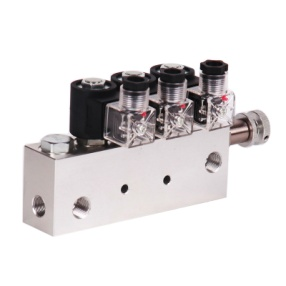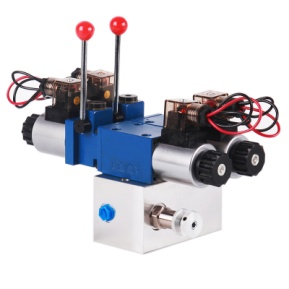The digital signal is then converted into an analog signal output. When it reaches a video server or DVR, the video capture chip converts the analog signal to a digital signal. A total of three times of AD conversion occurred; while the HD network camera CMOS sensor built-in AD conversion, optical signal access, digital signal output, there is no repeated AD conversion, high-definition network camera's image quality is damaged.
Therefore, there are the following differences between HD network cameras and analog cameras:
1, the resolution of the traditional analog camera acquisition vertical resolution, PAL standard under 625 lines, after the blanking 575 lines, up to 540 lines is currently the limit, while the HD network camera can reach at least 800 lines, and from the resolution In terms of rate, the highest resolution of traditional analog cameras can reach about D1, about 400,000 pixels, while HD network cameras do not have this limitation and can reach megapixels or even tens of millions of pixels.
2. The definition HD network camera adopts progressive scanning, and each frame of image is continuously scanned from one line to one line by the electron beam sequentially. The analog camera uses interlaced scanning. The interlaced scanning frequency is half that of the progressive scanning. Interlaced scanning brings many disadvantages, such as inter-line flicker effects, parallelism, and vertical edge aliasing. effect. Interlacing results in reduced definition of the moving picture.
3, color HD network camera color can be more realistic than analog cameras, analog video signal brightness and chrominance signals due to occupy the same frequency band in the video acquisition chip comb filter (light color separation), It is difficult to completely separate the chroma and luminance signals, resulting in variegated spots on the screen.
Hydraulic manifold is a manifold that regulates fluid flow between pumps and actuators and other components in a hydraulic system. It is like a switchboard in an electrical circuit because it lets the operator control how much fluid flows between which components of a hydraulic machinery. For example, in a backhoe loader a manifold turns on or shuts off or diverts flow to the telescopic arms of the front bucket and the back bucket. The manifold is connected to the levers in the operator's cabin which the operator uses to achieve the desired manifold behavior.
Manifold is composed of assorted hydraulic valves connected to each other. It is the various combinations of states of these valves that allow complex control behavior in a manifold.


Hydraulic Manifold
Hydraulic Manifold,Pneumatic Hydraulic Manifold,Hydraulic Manifold Block,Hydraulic Valve Manifold
Jinan Longli Hydraulic Device Co.,Ltd , http://www.longlihydro.com